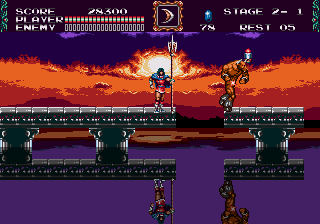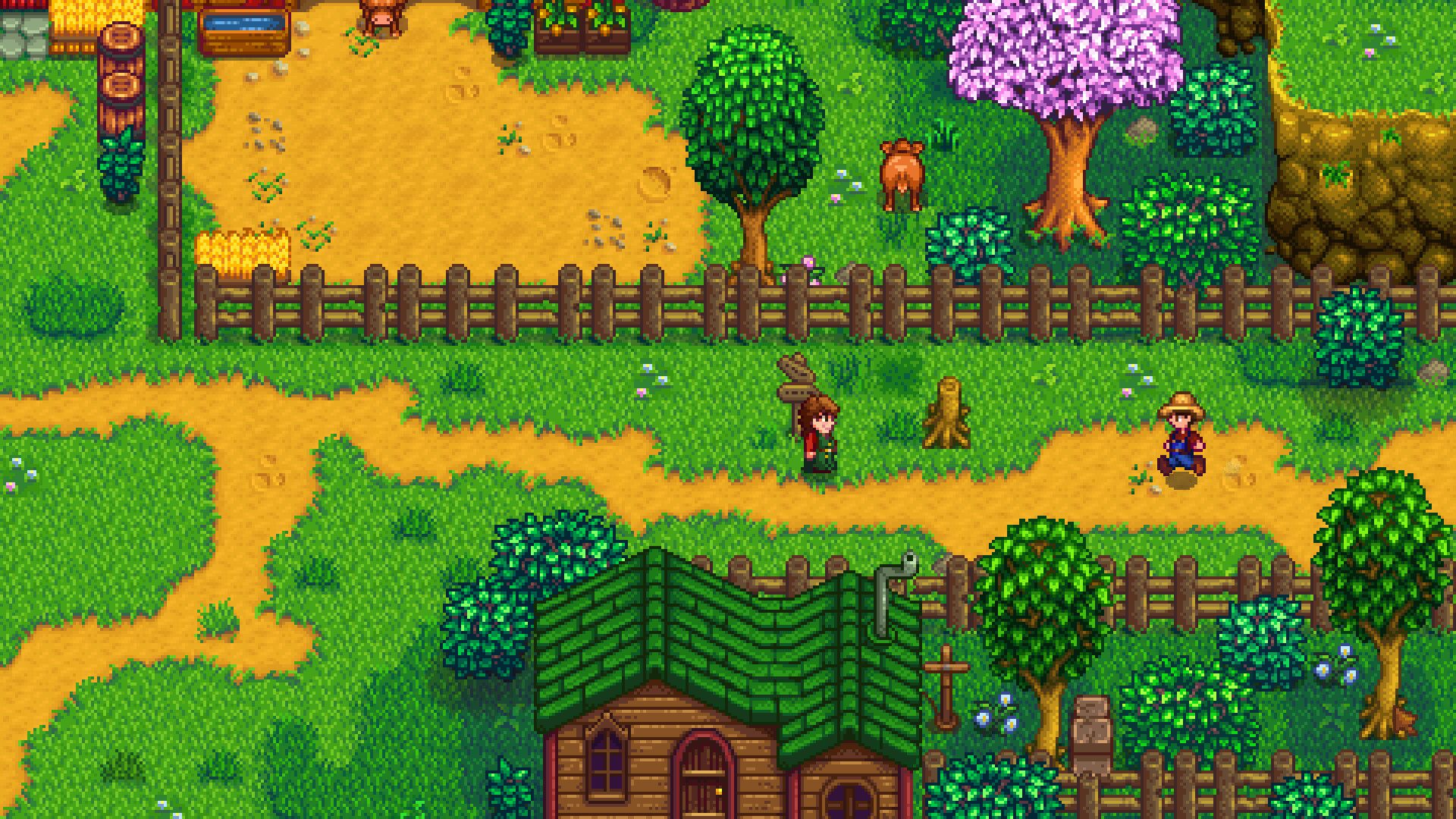Summary
- Neighborvanias focus on helping neighbors and achieving personal goals in cozy rural settings.
- Assisting NPCs in hub towns is the key element in Neighborvanias, making them much more than just farming sims.
- Games like
Stardew Valley
,
Animal Crossing: New Horizons
and
Fields of Mistria
are just some examples of the genre.
“Neighborvania” seems like a strange mishmash of terms, but it’s actually quite descriptive. If you’ve played titles like Animal Crossing, Harvest Moon, or Stardew Valley, you’ve experienced a Neighborvania. But the term refers to more than just a farming simulator. Let me explain.
What Exactly Is a Neighborvania?
There’s something really enticing about living in a small town and helping your neighbors with their problems. Neighborvanias play into this fantasy of helping others, while still having your own responsibilities. The best way to define a Neighborvania is a game that focuses on the interactions with your neighbors alongside giving you goals you can accomplish yourself.
Take one of the genre’s standout hits, Stardew Valley, for example. In it, you’re tasked with saving a farm and turning it into a profitable business. But beyond that, interactions with neighbors is a huge part of the gameplay. I won’t tell you how many hours I’ve spent collecting stuff for the museum, but if you’ve played it, you know exactly what I mean.
So, does that make every city management game a Neighborvania? Not at all. In many of those city management games like Cities Skylines, you’re a mayor who’s building a city to attract others. In Neighborvanias you’re helping out the people you live with and thereby improving the place you live. It’s less about the power of collecting taxes and more about giving back to a community you’ll come to care about.
Why the “Vania?”
If you’ve paid attention to games in recent years, you’ll have seen a trend of categorizing certain games into certain categories. Take Roguelikes, for example, which should be a game “like Rogue,” according to the description. As games evolve, this description falls short. The result is that we get descriptive names like “Roguelites” to refer to games that share some of the characteristics of Rogue without being an exact copy.
You’ve probably seen the term Metroidvania thrown around to describe games combining Metroid and Castlevania. These games are typically 2D platformers with sprawling maps. As your character progresses through the game, you get new items and powers that allow you to further explore the map. Games like Stardew Valley and Animal Crossing operate similarly, where the map gradually opens up as you get new items like fishing rods and ladders, and complete infrastructure projects like bridges to access more of the map.
I also want to acknowledge the fact that Castlevania borrows its -vania title from Transylvania. Vania, as a suffix, refers to “woods.” So Pennsylvania is, quite literally, “Penn’s Woods.” If we look at where most of these games are set, in rural farm towns or on islands surrounded by trees, another interpretation could be a game where you interact with neighbors in the rural woods.
I’m easy, you can roll with whichever interpretation you like.
What Makes a Neighborvania?
Each Neighborvania operates on similar premises: usually, a cozy rural setting where players can spend time on tasks that help them collect funds to improve their living situation. By itself, this just sounds like a cozy game, but there’s a lot more to it than just the farm interactions.
The hub town is what makes a farming game a Neighborvania. Hub towns in typical RPGs are where players can go to upgrade their weapons and armor or buy supplies for their adventuring. In a Neighborvania, hub towns often are the game. Not only do you spend resources there, but you also grow your reputation among the townspeople. Oh, this guy needs a fishing rod? It’s a good thing you know a place in the forest that’s perfect for making those things! And hey, giving him the rod opens up a whole new fishing game!
Neighborvanias are equal parts discovery and interaction. They have “lines of play” that open up naturally and allow for progression in the player’s desired direction. This natural progression makes them such a fun genre to play. As a player, you’re eased into everything and have the agency to do whatever you want. Even though some elements are time-sensitive, they rarely overtake the player’s own direction in telling their story. At the game’s later stages, you’ll find that you have so much to do that every second of the game’s in-game day will be occupied.
A few people might think this is just a farming game by another name, but that’s not strictly true. Farming games primarily focus on farming without really caring about the player’s interaction with a town. They’re simulations that try to be realistic, but part of the draw of these Neighborvanias is how lightly they treat the “simulation” part of the game.
You should probably play more simulation games, but Neighborvanias aren’t in the same category, so you shouldn’t expect that from them.
Which Neighborvanias Should You Try Out?
Interested in making some of your own NPC friends? These Neighborvanias are among the best you could try out:
- Stardew Valley is probably one of the best (and most highly rated) games in the genre. Stardew Valley is part farming sim, part neighborhood simulation, and part adventure story. Depending on which direction you want to go, there’s a lot to explore.
- Fields of Mistria is described as a “Stardew-like” game; if you like Stardew Valley, you’ll love this game. However, it’s not a reskin of its predecessor. No, this game is its own creation, complete with a world teeming with places to explore and people to meet.
- Coral Island takes the genre from the 2D world and gives players a fully 3D environment to explore. It’s got all the things you’d expect from a Neighborvania, along with exploration of beautifully detailed exteriors.
- Animal Crossing: New Horizons is one of the best examples of this genre in action, giving players more things to do than they can shake a stick at and making their interactions feel worth it.
These are just a few of the best Neighborvanias around, but many of these games are out there to explore. They really suck you in, too so you’ll probably end up sinking a lot of time into these games—better clear your schedule!
As someone who has limited their multiplayer experiences lately, I still crave interaction. Neighborvanias appeal to me because they allow me to give back to the virtual community. Animal Crossing allows people to visit your little community and appreciate what you’ve done with the place, while Stardew Valley offers multiplayer to build a farm with friends.
Neighborvanias have become a firm feature of the gaming landscape, so why not give them a shot?


